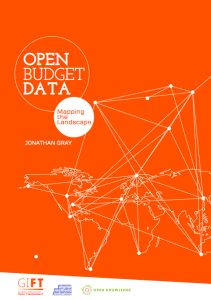Stephanie Vozza at FastCompany: “Everything really comes down to solving problems. To be successful and a leader in your field, you not only have to come up with good solutions; you need to be innovative. And that can feel like waiting for lightning to strike.
Tina Seelig, author of Insight Out: Get Ideas Out of Your Head And Into the World, has been teaching classes on creativity and innovation at Stanford University School of Engineering for 16 years, and she says most people don’t have a clear understanding of what those things really are.
“Imagination is envisioning things that don’t exist,” says Seelig. “Creativity is applying imagination to address a challenge. Innovation is applying creativity to generate unique solutions. And entrepreneurship is applying innovations, scaling the ideas, by inspiring others’ imagination.”…Reframing a problem helps you see it as an opportunity, and Seelig offers three techniques for finding innovative solutions:
1. RETHINK THE QUESTION
Start by questioning the question you’re asking in the first place, says Seelig. “Your answer is baked into your question,” she says.
Before you start brainstorming, Seelig suggests you start “frame-storming”: brainstorming around the question you will pose to find solutions. For example, if you’re asking, “How should we plan a birthday party for David?” you’re assuming it’s a party. If you change your question to, “How can we make David’s day memorable?” or “How can we make David’s day special?” you will find different sets of solutions.
….
2. BRAINSTORM BAD IDEAS
When an individual or group is tasked with being creative, often there’s pressure to only come up with good ideas. Seelig likes to challenge teams to only think of bad ideas.
“Stupid or ridiculous ideas open up the frame by allowing you to push past obvious solutions,” she says. “There is no pressure to come up with ‘good’ ideas. Then, those terrible ideas can be re-evaluated, often turning them into something unique and brilliant.”…
3. UNPACK YOUR ASSUMPTIONS
Another way to reframe a problem is to challenge its perceived limitations or rules. Ask, “What are all of the assumptions of the industry?” Make a list and turn them upside down by thinking about what would happen if you did the opposite….(More)”


